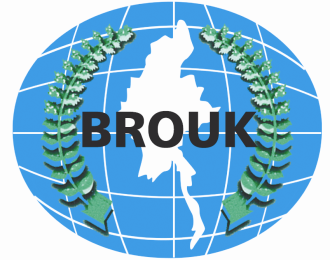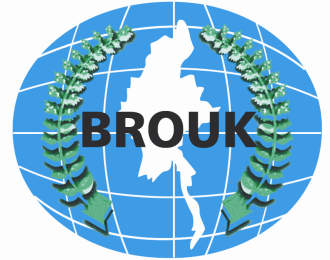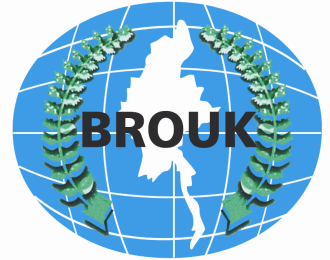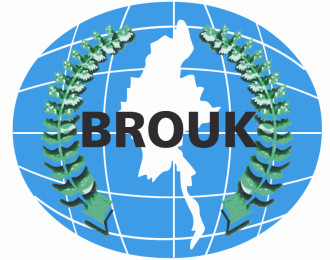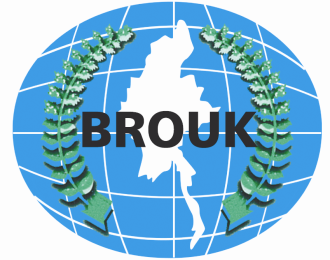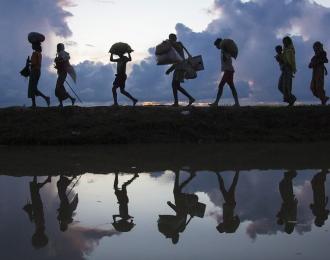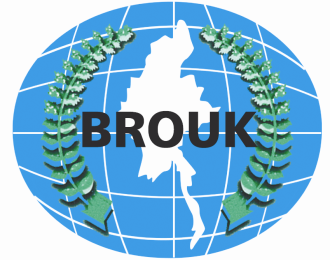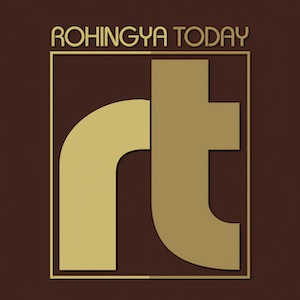
Rohingya Today
I wrote this research essay (13 printed pages) back in 2012. I re-read it as I stumbled on the edited volume where it appears. Things have only gotten worsen, on all fronts. Worth 30-minutes of your time. Attached please find the entire volume in PDF format.
Zarni
Excerpted:
The State and Its Nazi Turn
On its part, the State in Myanmar, the de facto patron of Buddhism, is busy trying to re-enforce the two-child eugenic measures7 originally adopted a decade ago and appli- cable only to the Rohingya in direct violation of international law on racial and ethnic discrimination, a measure that drew a sharp criticism from the United Nations.
The rose-tinted Orientalist take on Buddhism as “a religion of peace and compassion is so hegemonic that Westerners are often shocked when they hear of the atrocities carried out by militarized Buddhist masses and the political states that have adopted or manipulated Buddhism as part of the state ideological apparatus. Buddhism’s popular image as a peaceful, humanistic religious doctrine immune to dogma contradicts a long history of violent Buddhist empires—from Emperor Ashoka’s on the old Indian subcontinent to the Buddhist monarchies of pre-colonial Sri Lanka and Siam, and the Khmer and Burmese kingdoms—some of whom sanctioned war with recourse to the dharma. The oppression carried out under Burmese President Thein Sein and his Sri Lankan counterpart, President Rajapaksa, is just the latest from a long line of violent Buddhist regimes.8
Prejudice arises wherever communities of different faiths, classes, and ethnicities coexist and interact. But genocide is not an inevitable outcome of group prejudice; there have to be institutional mechanisms and an organized harnessing of forces, generally enacted by the state. Reuters’ Special Report released on 27 June 2013, identifies the Religious Affairs Department of Myanmar’s Ministry ofHome Affairs as a crucial mechanism whose director conceived and disseminated the most virulent strain of anti-Muslim racism—all under the direct order of then head of state the late Senior General Saw Maung.9
Burma’s lay public and political society, while supposedly informed by the world- wide ideals of human rights and democracy that spread across formerly closed leftist polities, have evidently failed to undergo what Aung San Suu Kyi famously called “the revolution of the spirit”.10 Instead, they have chosen to pursue a destructive nationalism that is rooted in the fear of losing property, land, and racial and religious purity.
The Burmese state has mobilized its society’s Islamophobia through various insti- tutional mechanisms, including the state media outlets and social media sites, and the presidential office’s Facebook page among them. Burmese-language social media sites, which thrive out of the purview of international media watchdogs, are littered with hate speech. Postings of graphic images of Muslim victims, including Rohingya, on Facebook—easily the most popular social media website in the newly openedBurma— have been greeted with approving responses from the country’s Buddhist netizens, both within the country and throughout the diaspora. The few Burmese and foreign human rights activists and journalists who dare to speak out against this rising tide of rac- ist, fascist tendencies in Buddhist society have been increasingly subjected to slander, cyber-threats, and hate speech. Journalists have repeatedly expressed dismay over the volume ofangry hate email they receive from Burmese citizens whenever stories are published condemning the recent violence.11
Footnotes:
7 “Myanmar minister backs two-child policy for Rohingya minority”, 11 June 2013 http://www.reuters.com/article/2013/06/11/us-myanmar-rohingya-idUSBRE95A04B20130611, accessed 28 June 2013.
8 “Anti-Muslim Monks: Sri Lanka Redux?” Alex Bookbinder, Myanmar Times, 3 December 2013. See http://www.mmtimes.com/index.php/opinion/3489-anti-muslim-monks-sri-lanka-redux.html, accessed 20 May 2013.
9 “Myanmar gives official blessings to anti-Muslim monks” http://preview.reuters.com/2013/6/27/special-report-myanmar-gives-official-blessing-to, accessed 28 June2013.
10 See page 2 of http://www.cfwd.org.uk/uploads/Aung%20San%20Suu%20Kyi%20Speech.pdf, Accessed 20 May2013.
11 Personal communications with journalists from various agencies including AP, The Straits Times, etc. For typical English language slander-soaked attacks, written by those working for or sympathetic to the Burmese regime, on anyone, Burmese or international advocates and supporters of religious and ethnic equality among Burma’s multiethnic and multi-faith communities, see http://hlaoo1980.blogspot.com/2012/09/zar-ni-traitor-on-islamists-payroll_25.html & http://hlaoo1980.blogspot.com/2013/02/who-really-is-so-called-journalist.html, accessed 20 May 2013.
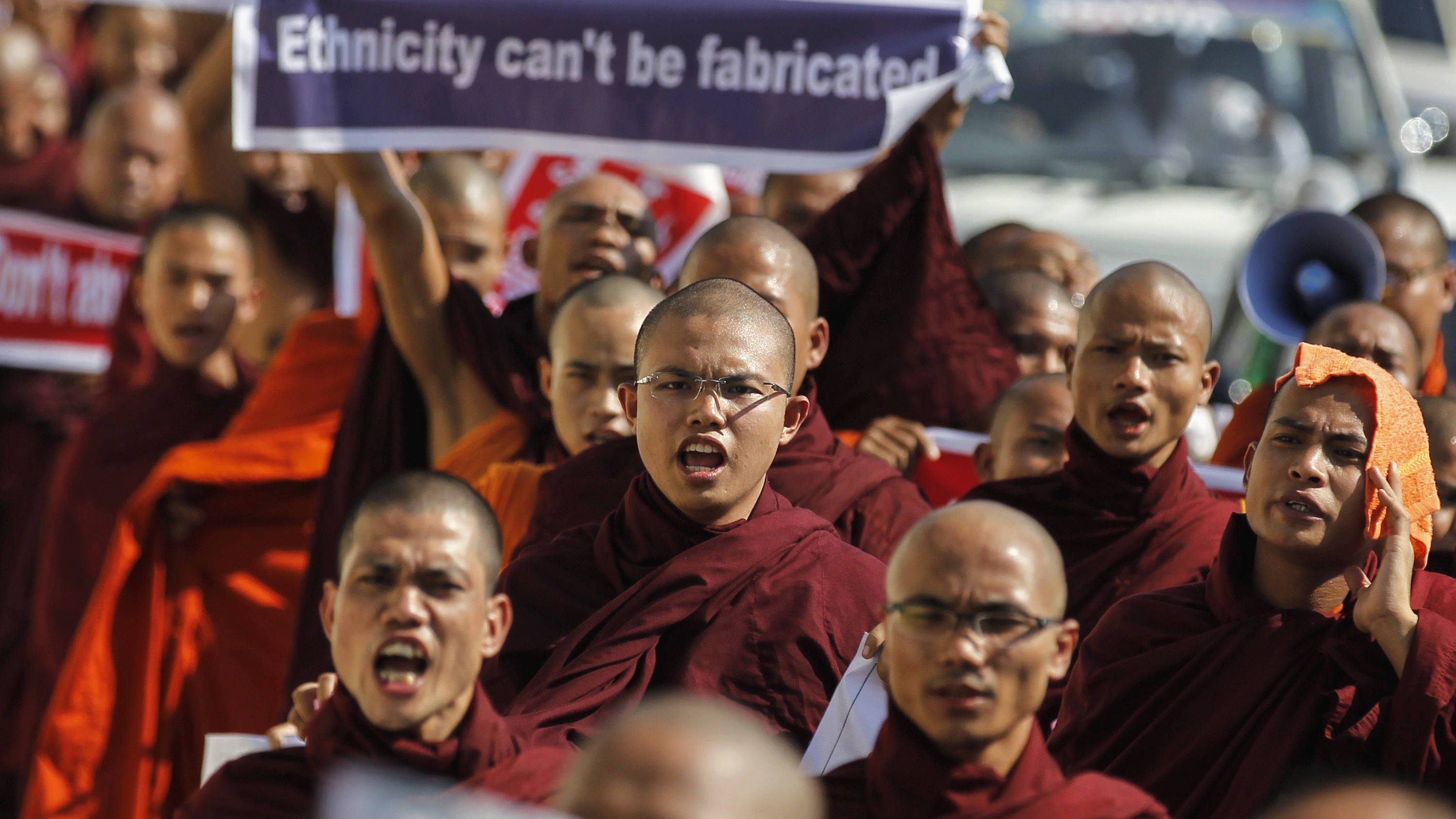
![Locals evacuate Rohingya refugees from a boat that came ashore on the north coast of Indonesia's Sumatra island in June 2020. The UNHCR says the journey across the Andaman Sea last year was deadlier than ever before [Rahmad/Antara Foto via Reuters]](/sites/default/files/styles/grid_list_330x260_/public/2025-05/2020-06-25T000000Z_355446050_RC2CGH9LTK3V_RTRMADP_3_INDONESIA-ROHINGYA.jpeg?itok=V6ouOxeq)
